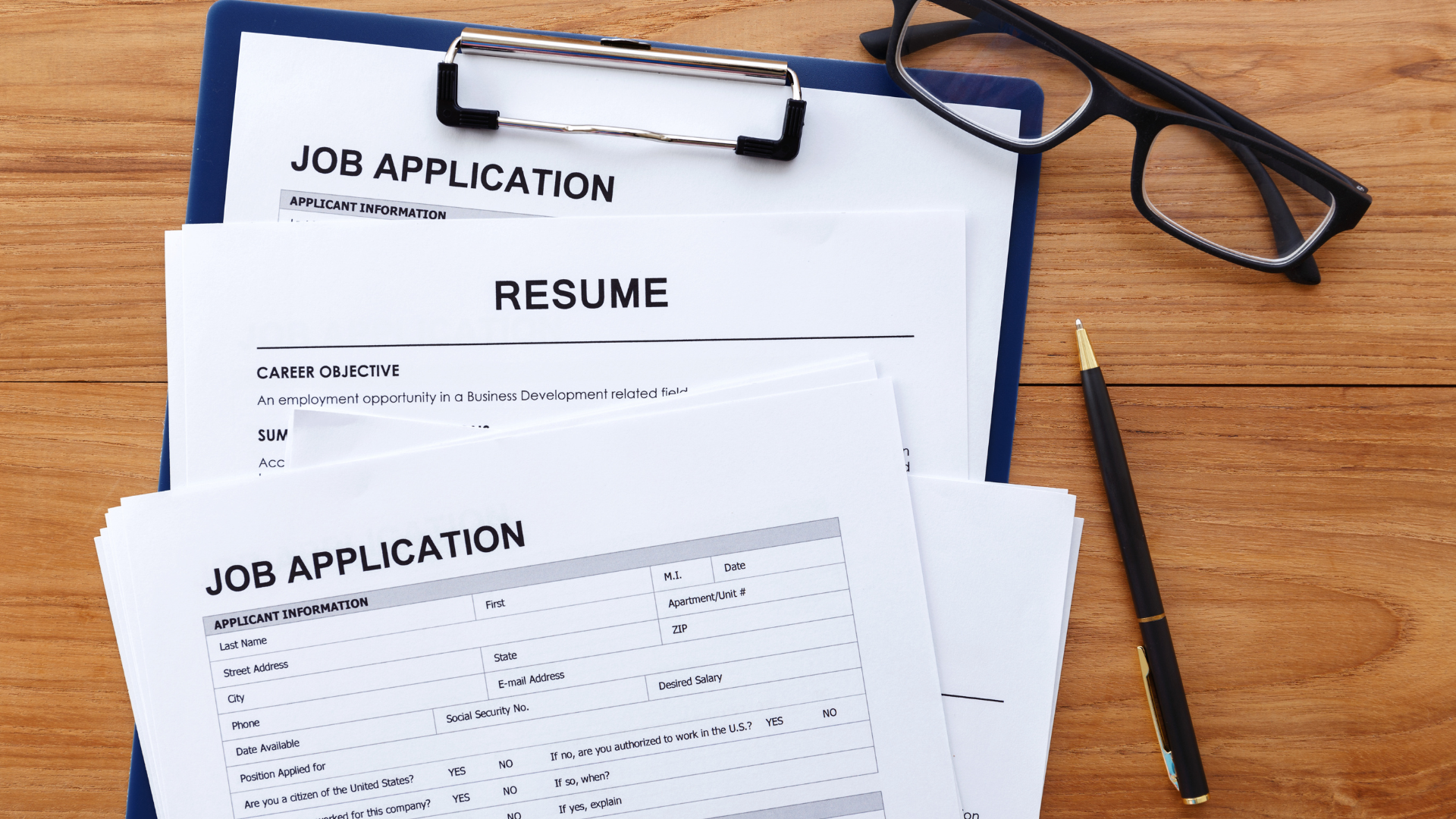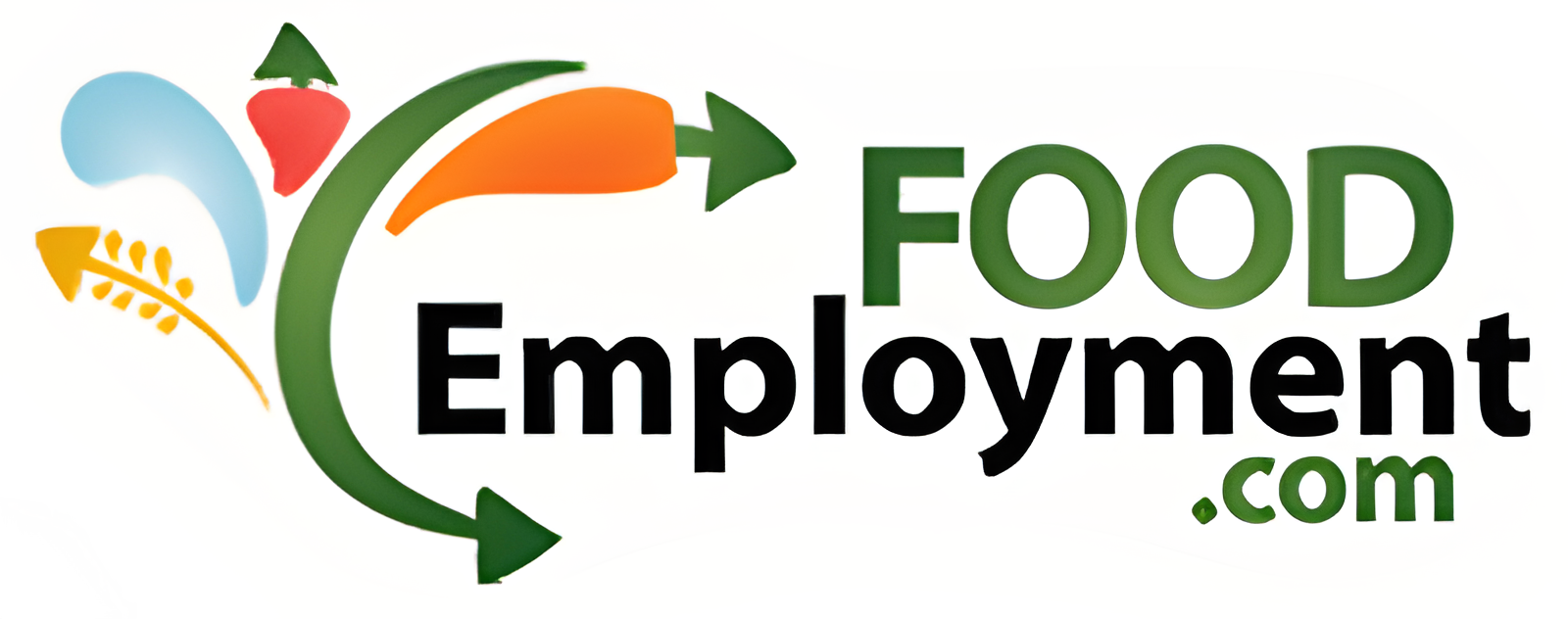Do I need a COVER LETTER when submitting my resume?
Is Cover Letter Relevant When You Already Have a Resume?
Having a cover letter with your resume is essential when applying for a job. This letter should expound upon your qualifications, experience, and interest in the position, while also providing insight into why you would be a good candidate. Sending a cover letter with your resume can be done via email, personally dropping it off, or mailing it. Let’s explore these three methods for submitting your resume with a cover letter.
Sending via Email
Sending a resume and cover letter via email can be the most convenient approach for many. When sending a resume and cover letter via email it’s important to ensure that the files are in a compatible format. PDF is the suggested format in most cases as this will make sure there is no loss of formatting. Additionally, research suggests that PDFs get opened most often, thus ensuring that your cover letter and resume get to the hiring manager in an intact, presentable form.
When sending a resume and cover letter via email ensure that the body contains a clear, appropriate message. Avoid starting the email with a generic salutation such as “Dear Hiring Manager,” as this will make the email seem impersonal and robotic. Personalized salutations should include the name of the hiring manager when available. Additionally, it is important to include a mention of the position that you’re applying for and any other pertinent information such as a reference number.
Dropping it off
Dropping off a resume and cover letter in person can be an effective way to catch the attention of the hiring manager. Ensure that the resume and cover letter look professional when dropping them off; you don’t want them to appear to have been printed haphazardly or to look worn or soiled. Dropping off a resume and cover letter will be most effective if done in unison with a handshake, a smile, and some quick, crisp and clear reason for why you’re interested in the position.
Mailing It
Sending a resume and cover letter via mail can be a valid approach as well. If mailing it, ensure that the letters are printed on high quality, professional paper. The paper should be white or off white, with a matte finish. Additionally, the cover letter should contain a letterhead that contains the same contact information that is present on the resume. As with any other method select a readable font such as Times New Roman and use formatting to create a professional, formal letter. If a signature is present, ensure that it is legible and written in blue or black ink.
Submitting your resume and cover letter is a key step in the job application process. As such, it is important to ensure that your submission is professional and stands out from the competition. Ultimately, the best method to format, write and submit a resume and cover letter will vary from position to position; however, the methods discussed above represent valid approaches for all job applications. If you’re looking for a job in food or careers in food and have experience working in the food and beverage manufacturing industries, contact us at www.foodemployment.com.

All Rights Reserved | Foodemployment.com


